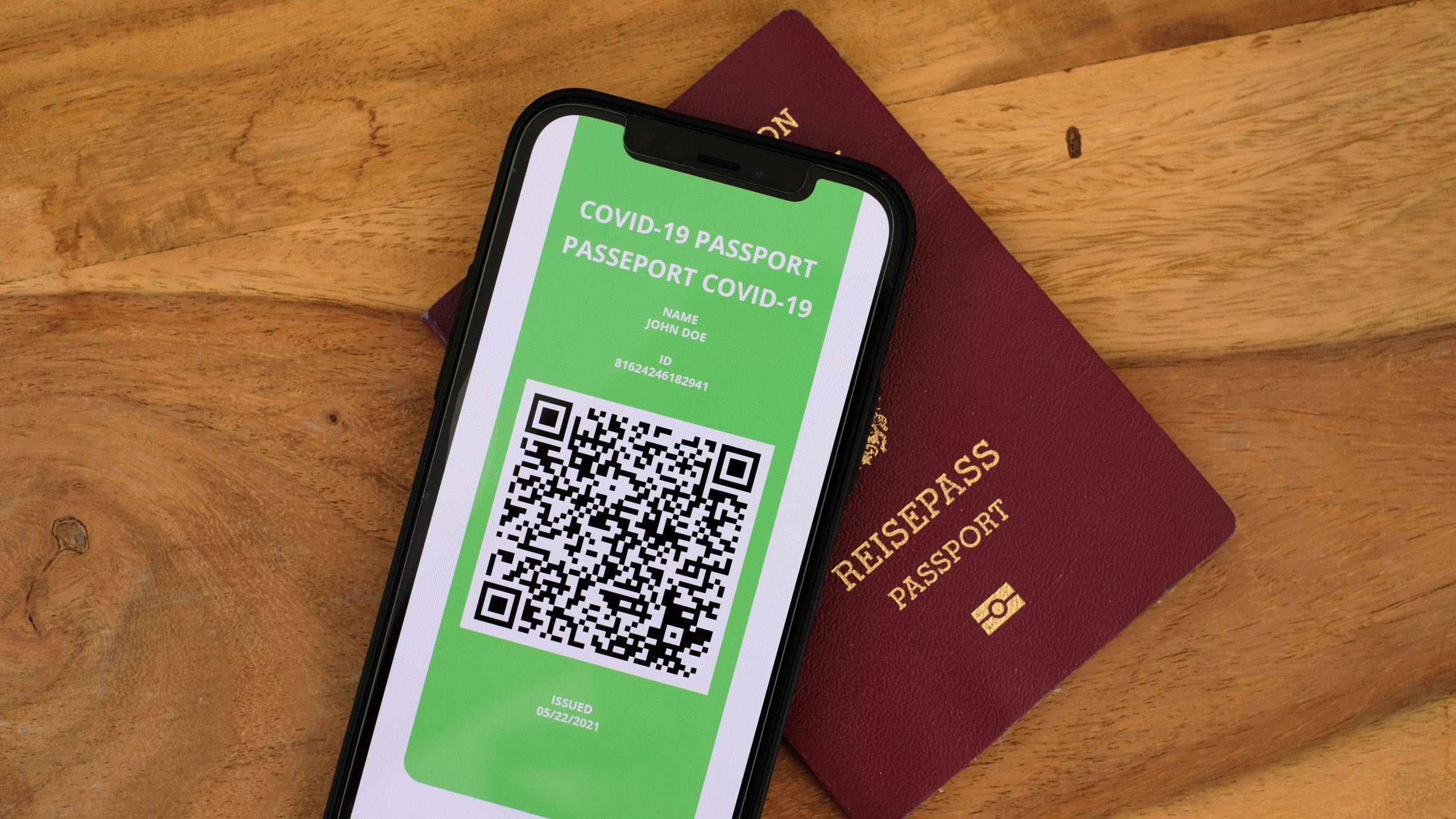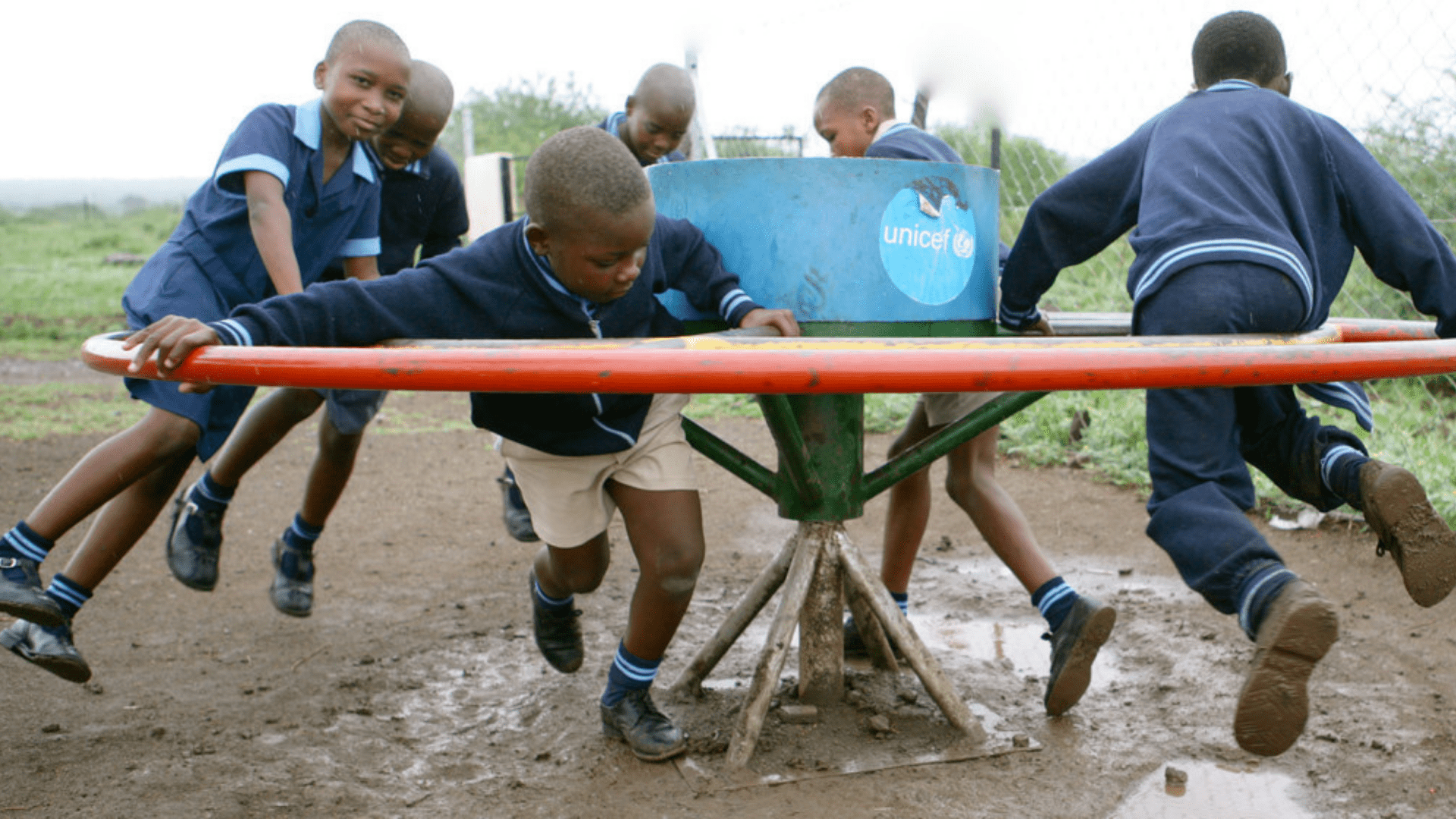Ahead of World Health Day (7 April) and the annual UN Youth Forum, the Goal of the Month Editorial looks at Sustainable Development Goal 3 – Good Health and Wellbeing – and what to expect during this month.
HIGHLIGHTS
- UN Secretary-General’s World Health Day Message
- Latest: Effectiveness of COVID-19 Vaccine Passports
- Launch of the World Health Organization’s Health Equity Campaign
- What to Expect at the 10th UN Youth Forum
- UN News: Five challenges facing the UN-backed COVAX programme
- Awake at Night Podcast: Conversation with Dr. Soumya Swaminathan
World Health Day | 7 April

“As we recover from the COVID-19 pandemic, we must implement policies and allocate resources so all can enjoy the same health outcomes. That means achieving the Sustainable Development Goals by 2030.”
— Excerpt from UN Secretary-General António Guterres’ message for World Health Day 2021

Lukas | Unsplash
The aim of the UN-backed COVAX mechanism is to get two billion vaccine doses into the arms of around a quarter of the population of poorer countries by the end of 2021. UN News looks at the main challenges that need to be overcome, if this historic global effort is to be achieved.
Download broad-band quality video from press conference here.
This World Health Day, the World Health Organization (WHO) will launch a new health equity campaign to build a fairer and healthier world. The COVID-19 pandemic has exposed stark inequities in access to, and coverage of health services, as well as on mortality rates.
As we prepare to build back after the pandemic, we need to put in place policies and allocate resources so that the most vulnerable communities see their condition improve faster; and marginalized groups and individuals can enjoy the same level of health and well-being as other groups in our societies.
We need to also ensure that the health sector delivers universal health coverage – to everyone, everywhere. The campaign will run until International Universal Health Coverage Day (12 December).
Resources
- World Health Day Web Portal
- WHO Vaccine Equity Declaration
- WHO Press Conference | 6 April
- WHO Virtual Webinar | 7 April
- WHO @FoodSummit Twitter Takeover | 7 April
April also marks World Malaria Day (25 April), World Immunization Week (24-30 April) and World Day for Safety and Health at Work (28 April) – observances highlighting critical interventions that keep life-threatening yet preventable diseases and other calamities at bay.
An unprecedented number of young people will join the United Nations annual Youth Forum. The virtual forum, considered the largest gathering of youth at the United Nations, is expected to host more than 10,000 participants this year. It remains a major opportunity for young change-makers and activists, as well as politicians and other global leaders to discuss, debate and deliver on the promises of the Sustainable Development Goals.
Recent years have witnessed young people’s unwavering fight against climate change and inequalities that undermine opportunities. Most of today’s generation of more than 1.2 billion young people (15 to 24 years-old) live in developing countries, and millions lack access to quality education, decent work, or other opportunities, significantly worsened by the COVID-19 pandemic.
Resources
SDG Media Zone
Under the theme, “The Future we Want,” the SDG Media Zone will feature candid and inspiring conversations that amplify the voices and visions of young people who are central to the global efforts to recover better, stronger and together.
The 15 to 20-minute conversations, focused on reimagining a more equal and fairer world, will capture youth perspectives on global to community-level problems and solutions and look at sweeping opportunities and challenges that come with change in a post-pandemic world.
Check out the programme here.
The aim of the UN-backed COVAX mechanism is to get two billion vaccine doses into the arms of around a quarter of the population of poorer countries by the end of 2021. UN News looks at the main challenges that need to be overcome, if this historic global effort is to be achieved.
World leaders, artists, health care workers, scientists, activists and many more people around the world have joined the United Nations campaign, #OnlyTogether, to call for fair and equal access to COVID-19 vaccines in the global race to end the pandemic.
Launched by UN Secretary-General António Guterres on 11 March – following a year of worldwide lockdowns – the campaign asks people to share what they have missed doing with their families, communities and many others, ultimately stressing the need for global solidarity and equity to overcome one of the biggest challenges of our time.
WHO’s Chief Scientist Dr. Soumya Swaminathan speaks to the UN Under-Secretary-General for Global Communications, Melissa Fleming, about how lessons from other infectious diseases like tuberculosis and HIV have shaped our response to the COVID-19 pandemic. The clinical scientist also discusses how new technologies have given us the possibility to control diseases in ways we’ve never had before.








